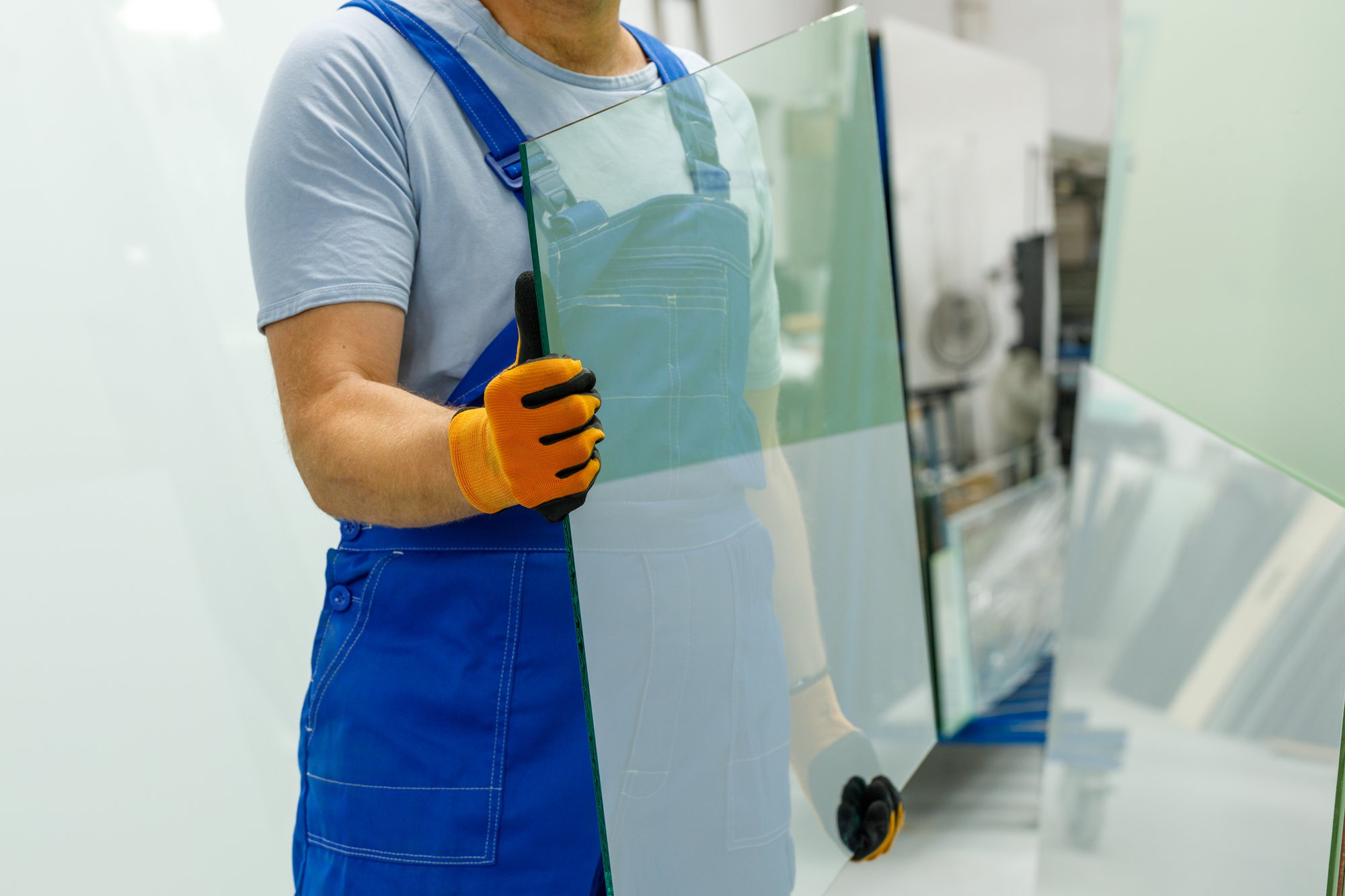Circular economy principles are reshaping glass manufacturing by prioritizing glass waste reduction through recycling, resource efficiency, and sustainable product design. Imagine a world where discarded glass isn’t treated as waste but as a valuable resource that continuously cycles back into production. This vision is not only achievable but essential in reducing the environmental impact of glass production.
Traditional glass manufacturing relies heavily on energy-intensive processes and raw material extraction, leading to excessive waste and environmental strain. By integrating circular economy strategies, manufacturers can enhance sustainability, optimize production efficiency, and minimize waste. This shift is driving innovation in glass recycling, raw material conservation, and product lifecycle design, ultimately redefining how glass is produced and reused.
The Circular Economy in Glass Manufacturing
The circular economy is a sustainability-driven model that seeks to maximize resource efficiency by minimizing waste and extending the life cycle of materials. In glass manufacturing, this involves a fundamental rethinking of how raw materials are sourced, how products are designed, and how end-of-life glass is handled.
A crucial component of this approach is the use of cullet, or recycled glass, which significantly reduces the need for virgin materials and lowers energy consumption. For example, using just 10% cullet in glass production can decrease energy usage by approximately 2-3%, with even greater savings at higher integration levels. This method not only conserves resources but also plays a pivotal role in glass waste reduction and sustainability.
Innovative Manufacturing Practices for Sustainability
To align with circular economy principles, glass manufacturers are implementing advanced technologies and refining their production processes to improve sustainability and reduce waste.
Key Technologies and Methods:
- Energy-Efficient Furnaces: Modern furnace designs optimize energy use, reducing both fuel consumption and emissions.
- Closed-Loop Systems: These systems recycle water and materials within the manufacturing process, minimizing waste and enhancing efficiency.
- Automation and Smart Manufacturing: The use of IoT and AI-driven systems improves production accuracy, reduces material loss, and enhances overall efficiency.

Beyond technological advancements, designing glass products for recyclability and reuse is equally important. Sustainable product design strategies include:
- Modular Design: Creating components that can be disassembled and repurposed, extending their usability.
- Standardization: Developing glass products with consistent shapes and sizes to simplify recycling processes.
- Sustainable Material Selection: Choosing environmentally friendly materials that improve recyclability while maintaining high performance.
By integrating these approaches, manufacturers can significantly enhance the sustainability of their glass products while achieving glass waste reduction goals.
Innovations Driving Glass Waste Reduction
Emerging innovations are further advancing sustainability in glass manufacturing. Some of the most impactful developments include:
- Plasma Arc Recycling: This cutting-edge technology uses extremely high temperatures to break down glass waste, enabling higher purity levels in recycled materials.
- Biofuel-Powered Furnaces: Some manufacturers are replacing fossil fuels with biofuels to reduce carbon emissions and energy consumption.
- Self-Healing Glass: Research into self-repairing glass coatings is progressing, potentially extending product lifespans and reducing waste.
Investing in these innovations helps manufacturers stay ahead of sustainability trends while contributing to significant glass waste reduction efforts.
Economic and Environmental Benefits of Circular Economy Strategies
Adopting circular economy principles in glass manufacturing offers both economic and environmental advantages.
Economic Benefits:
- Cost Savings: Using recycled cullet reduces raw material costs by up to 30%, resulting in substantial financial benefits.
- Operational Efficiency: Streamlined production processes reduce energy consumption and waste, improving profitability.
- Market Opportunities: As demand for sustainable products rises, manufacturers that embrace circular economy strategies gain a competitive edge.
Environmental Benefits:
- Reduced Landfill Waste: Incorporating glass recycling reduces the volume of discarded materials in landfills.
- Lower Carbon Footprint: Energy-efficient production methods decrease greenhouse gas emissions, supporting global sustainability efforts.
- Conservation of Natural Resources: Reducing reliance on virgin raw materials helps preserve natural ecosystems and lowers industrial impact.
By integrating circular economy principles, manufacturers not only contribute to glass waste reduction but also strengthen their long-term business sustainability.

Practical Steps for Glass Manufacturers
For glass manufacturers looking to incorporate circular economy strategies, a proactive approach is essential. Key steps include:
- Collaboration with Industry Partners: Working with suppliers, recycling facilities, and regulatory bodies to establish a sustainable supply chain.
- Investment in Advanced Technologies: Allocating resources to research and implement cutting-edge production methods.
- Employee Training and Sustainability Education: Equipping workers with the knowledge to implement and maintain sustainable practices effectively.
- Customer Education Programs: Informing clients about the benefits of glass recycling and encouraging participation in sustainability initiatives.
- Lifecycle Assessments: Regularly evaluating the environmental impact of products and processes to identify areas for improvement.
Continuous improvement and adaptability are vital for long-term sustainability in the glass industry. By regularly evaluating production processes and seeking innovative solutions, manufacturers can remain ahead of industry trends while minimizing their environmental footprint.
Leading the Charge in Sustainable Glass Manufacturing
The transition to circular economy principles in glass manufacturing is not just a trend—it’s a necessary step toward a more sustainable future. By focusing on glass waste reduction, manufacturers can lower environmental impact, improve operational efficiency, and future-proof their businesses against evolving sustainability regulations.
At Insul-Lite Manufacturing™, we are committed to sustainability and glass waste reduction through innovative production methods and responsible resource management. Our advanced manufacturing processes prioritize efficiency and environmental responsibility, ensuring that high-performance glass products contribute to a greener future.
Be part of the movement toward a circular economy in glass manufacturing. Contact us today to learn how our sustainable solutions can support your next project.





